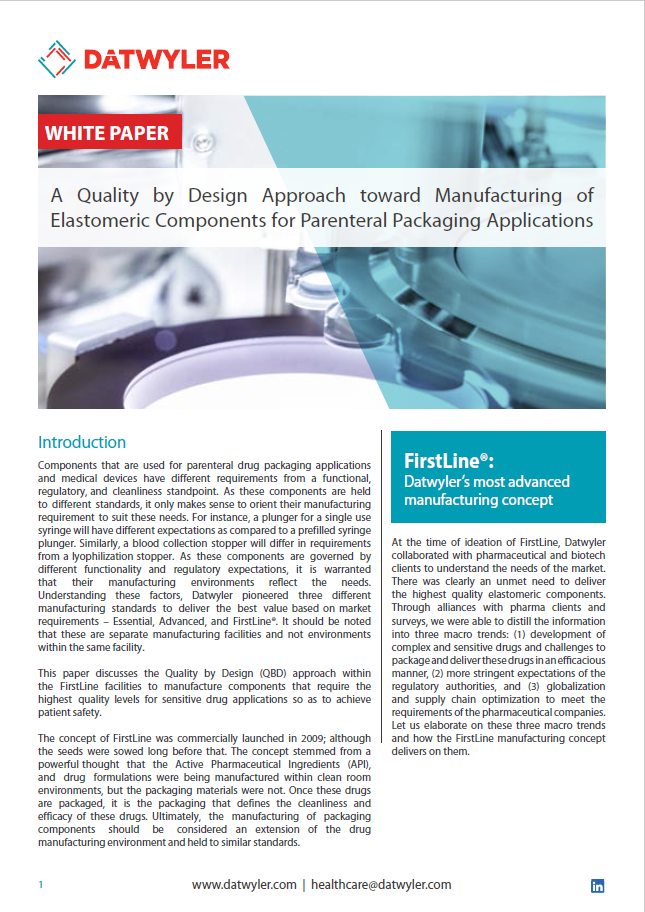
Almost two decades ago, a huge collaborative research programme involving hundreds of international scientists successfully completed the sequencing of the human genome, unlocking the information needed to better understand complex disorders and their treatment.
With the mapping of DNA, the dream for personalised medicine was born. The idea is to use a patient’s genetic information or specific biomarkers to tailor a treatment plan to their body’s predicted response, thus guiding dosage decisions, avoiding adverse effects, and optimising the overall therapy.
Ever since then, scientists have been slowly but surely working towards this goal. They’re by no means there yet, but there have been some notable achievements in the field of pharmacogenetics (the study of genetic variations in drug response) that suggest they’re edging closer. The identification of the HER2 gene as a predictor of a positive response to Herceptin in metastatic breast cancer patients is one example of how genetic screening can be used to guide better medical decisions.
It’s all positive news, and according to Katie Falcone, Scientific Support Manager at Datwyler, there have recently been some big changes in the field that are making personalised medicine increasingly possible. She points to the explosion of direct-to-consumer sequencing companies like 23andme, who is using its huge genomic database filled with roughly 9.6 million consenting customers’ information to advance the pharmacogenetics field.
“Another major improvement of late has been the increased sophistication of artificial intelligence technologies,” Falcone adds. “Utilising AI allows us to create and understand potential genotype-phenotype linkages out of the sea of data. With the abundance of information available, and the new data processing technology being developed, we are uniquely poised to progress the field of personalised medicine quite rapidly.”
The road ahead
A journey of continually narrowing patient populations is ahead of the industry. “Right now, personalised medicine looks like targeting specific subpopulations of people with certain genotypes,” explains Falcone. “These will start to get smaller and smaller. I do believe it will get to the point where we are designing personalised medications for single individuals one day.”
As the industry continues moving towards its goal, many challenges will have to be confronted right along the value chain. Unfortunately, these challenges won’t stop at the drug’s manufacturing. Distribution too has the potential to become a serious headache.
“In the age of Covid, the average person understands the issues when it comes to vaccine distribution and cold chain storage. With personalised medicines, there’s potential for different stability needs and required temperatures. As the patient pool shrinks, distributing to potentially a single patient is something that has to be understood,” notes Falcone.
During this process, the primary packaging of the vaccine will play an important role, with adherence to strict quality standards the key to maintaining sterility during storage and distribution. Pre-filled syringes are likely to be the packaging of choice for personalised vaccines due to their ability for easy at-home self-administration. This aligns with the goal of increasing the patient’s autonomy in their own care.
Parenteral packaging
With more targeted therapies, manufacturers require a greater degree of flexibility and efficiency from their facilities, much of which can be achieved through automation. The move to low-volume manufacturing will demand a rethink of packaging processes too, and the need for high-quality components will never be more critical.
“It can be a really big undertaking to reproduce a batch of drugs/biologics if there is a QC failure, but the risk of a mistake is much higher when we create drug products on a smaller scale. It’s really important our clients know that any elastomer component they’re considering is of the highest quality standards,” says Falcone.
Datwyler is a leading provider of high-quality, system-critical elastomer components. Through its highly regarded FirstLine® standard, Datwyler operates the highest quality cleanroom manufacturing environment with the least amount of hands-on people. Automated production, 100% camera inspection, ready-to-use packaging, and vacuum-sealed components are among FirstLine’s key features.
“The FirstLine process would be a great option for those clients entering the personalised medicine field to ensure they’re packaging their drug products with the best elastomer components out there,” says Falcone. “Something else we offer is our StarterPack™, with as little as a few hundred vials, seals and stoppers all in one box. Bulk quantity orders can often be in the hundreds of thousands for our bigger clients. Our StarterPack is a fantastic option for the clients targeting smaller patient populations who need high-quality, sterilized, and ready-to-use packaging components for small-scale manufacturing.”
To find out more about Datwyler’s state-of-the-art FirstLine facilities, download the whitepaper below.



